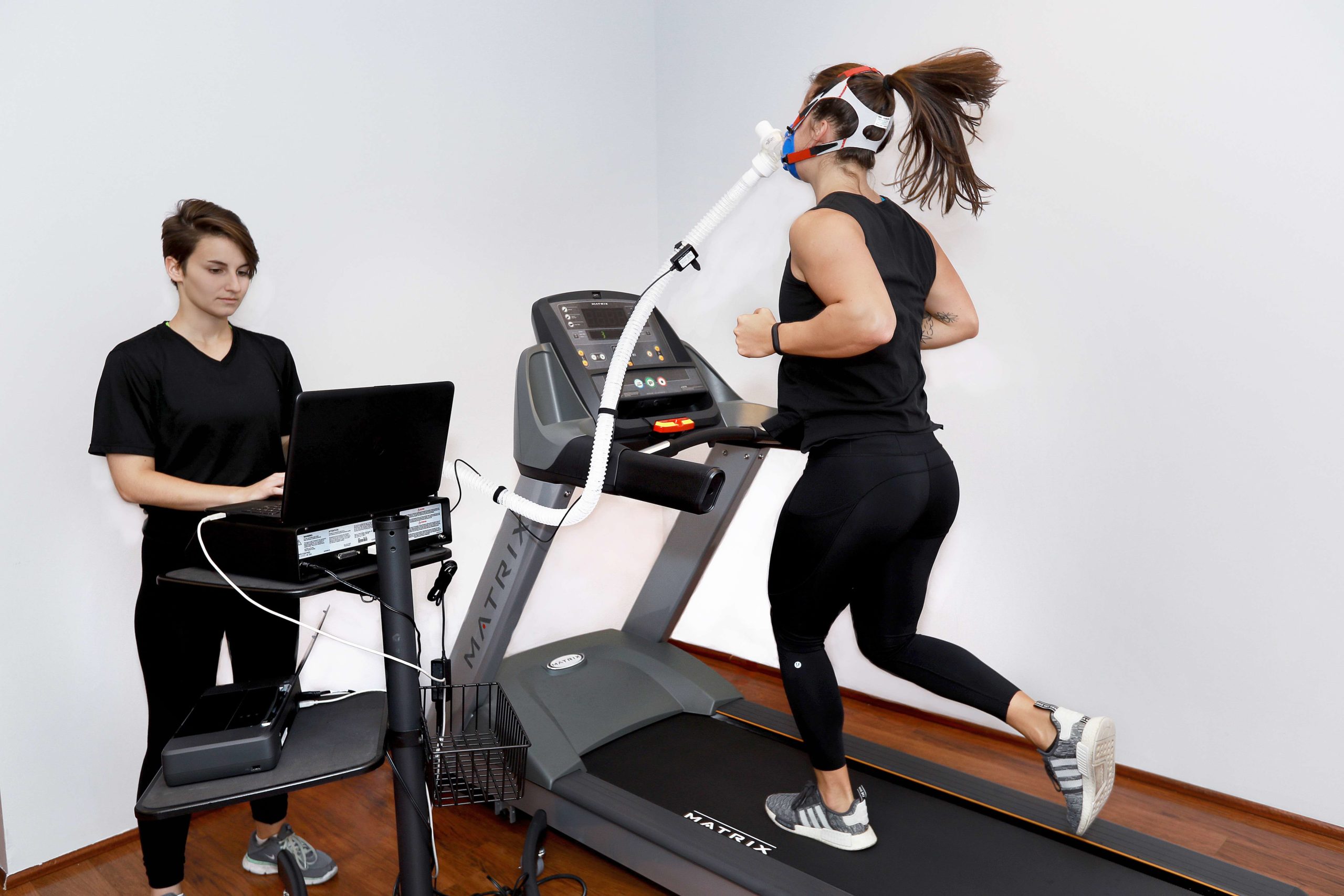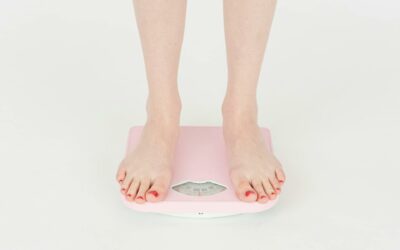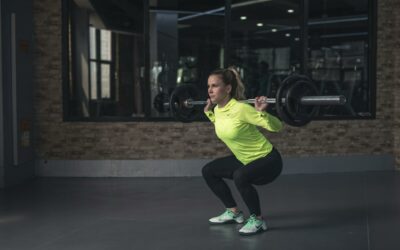Ever wonder what a scientist thinks about losing weight? Composition ID’s Scientific Contributor, Heather D. Huntsman, Ph.D., CSCS, discusses important factors about burning fat through resistance training and cardio, and what to focus on depending on your body composition goal.
When it comes to exercise, the first question that many people ask is “what is the best workout?” The answer: it depends on your goals. If your goal is to maximize the amount of fat you burn, there are some important principles that are helpful to know.
A first place to start is learning about the “fat burning zone.” This principle has some underlying truth, but has been misinterpreted and misapplied for years. It is true that at lower intensity, steady-state exercise (i.e. 60-70% of max heart rate) the percentage of fat that you burn during exercise is greater than the percentage you would burn at higher intensities. However, this is where the truth ends.
To fully understand how to maximize fat burned during exercise, you need to see the entire picture. Energy (fat or carbohydrates) required to do an exercise is not isolated to the time while exercising, alone. There is a process called “excess post-exercise oxygen consumption,” or EPOC, that includes the excess calories burned to help your body recover from the workout. The higher the exercise intensity, the longer in duration and magnitude EPOC will be1.
Several studies have addressed the question of whether traditional cardio (that emphasizes time in the fat burning zone) or exercise at higher intensities (e.g. sprints or high intensity intervals) burn more calories1,2,3. The short answer, acknowledging that there are hundreds of variables to consider, is that high intensity exercise has the potential to burn just as many calories. This is especially true when you factor in the shorter time commitment to the exercise itself, and the long-term adaptations that are unique to high intensity exercise (a topic for another, more in-depth article)2,3.
The next major principle in maximizing fat burn is to understand that the more muscle you use to exercise, the more calories burned, and the bigger the impact on EPOC4. This may seem like common sense, but it is worth spending a little time on. For example, when given the option of using an arm ergometer or a stationary bike, choose the bike because your leg muscles are much larger than your arm muscles, and will burn more calories in the same amount of time. The same goes for lifting. Bicep curls or squats? Go with squats every time. Remember, the more muscle you recruit, use, and move, the more you burn.
There is one subpoint to this principle that should be emphasized. The more muscle you recruit, the more you burn, AND the more muscle you HAVE the more potential there is to burn calories, both during and outside of exercise4,5. This is why resistance training is so important. Muscle must be used in order to be maintained. It’s the “use it or lose it principle.” Additionally, when you are trying to lose weight, depending on your strategy, you could potentially lose muscle weight as well. That’s the last thing you want. Think of your muscle as the engine of your metabolism. Maximize your muscle mass and you will maximize your ability to burn calories5.
Last but not least, this may be an article about exercise, but we can’t talk about maximizing fat burn without mentioning that no matter what your training strategy, you can’t out train a bad diet. The key to burning fat and losing the right kind of weight (i.e. fat, not muscle) is to make sure that you not eating more calories then you are burning. In a study published last year, exercise alone was compared to diet alone and diet+exercise. Because both the focus of the paper and the goal of the intervention was to maximize fat loss while maintaining muscle mass, the exercise of choice was resistance training. After 16 weeks, the group that lost the most fat was the diet+exercise group5. This is just one of many studies that highlight the importance of combining a healthy diet with exercise in order to meet your fat burning goals.
With all of this information, what are the principles to walk, or after reading this article, SPRINT away with? How do you maximize fat burn?
- To maximize “the burn” do high intensity interval exercises. Understand that calories burned don’t end when the exercise ends.
- Do cardio that uses the most amount of muscle (e.g. running, swimming, rowing), and plan for 2-3 days of resistance training per week. The more muscle you use and the more muscle you build, the more calories you burn.
- Eat mindfully and be aware of the caloric costs of the foods you choose. The calories you eat must be either burned or stored. Most importantly, remember just because you’re exercising doesn’t mean you can eat whatever you want.
References:
- Tucker WJ, Angadi SS, Gaesser GA (2016) Excess postexercise oxygen consumption after high-intensity and sprint interval exercise, and continuous steady-state exercise. Journal of Strength and Conditioning Research 30(11):3090-3097.
- Tremblay A, Simoneau JA, Bouchard C (1994) Impact of exercise intensity on body fatness and skeletal muscle metabolism. Metabolism 43(7):814-818.
- Hazell TJ, Olver TD, Hamilton CD, Lemon PWR (2012) Two minutes of sprint-interval exercise elicits 24-hr oxygen consumption similar to that of 30 min of continuous endurance exercise. International Journal of Sport Nutrition and Exercise Metabolism 22(4):276-283.
- Farinatti P, Catinheiras Neto AG, Amorim PRS (2016) Oxygen consumption and substrate utilization during and after resistance exercises performed with different muscle mass. International Journal of Exercise Science 9(1):77-88.
- Miller T, Mull S, Aragon AA, Krieger J, Schoenfeld BJ (2018) Resistance training combined with diet decreases bodyfat while preserving lean mass independent of resting metabolic rate: a randomized trial. International Journal of Sport Nutrition and Exercise Metabolism 28(1):46-54.



